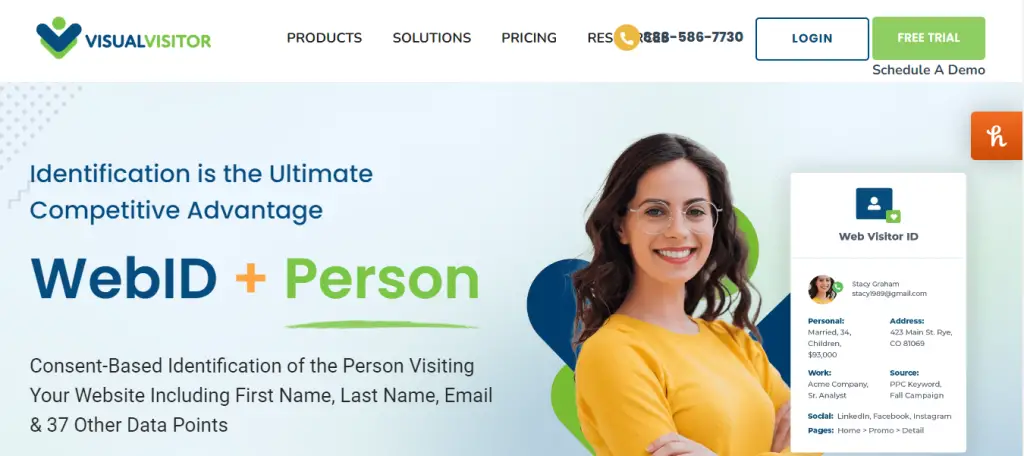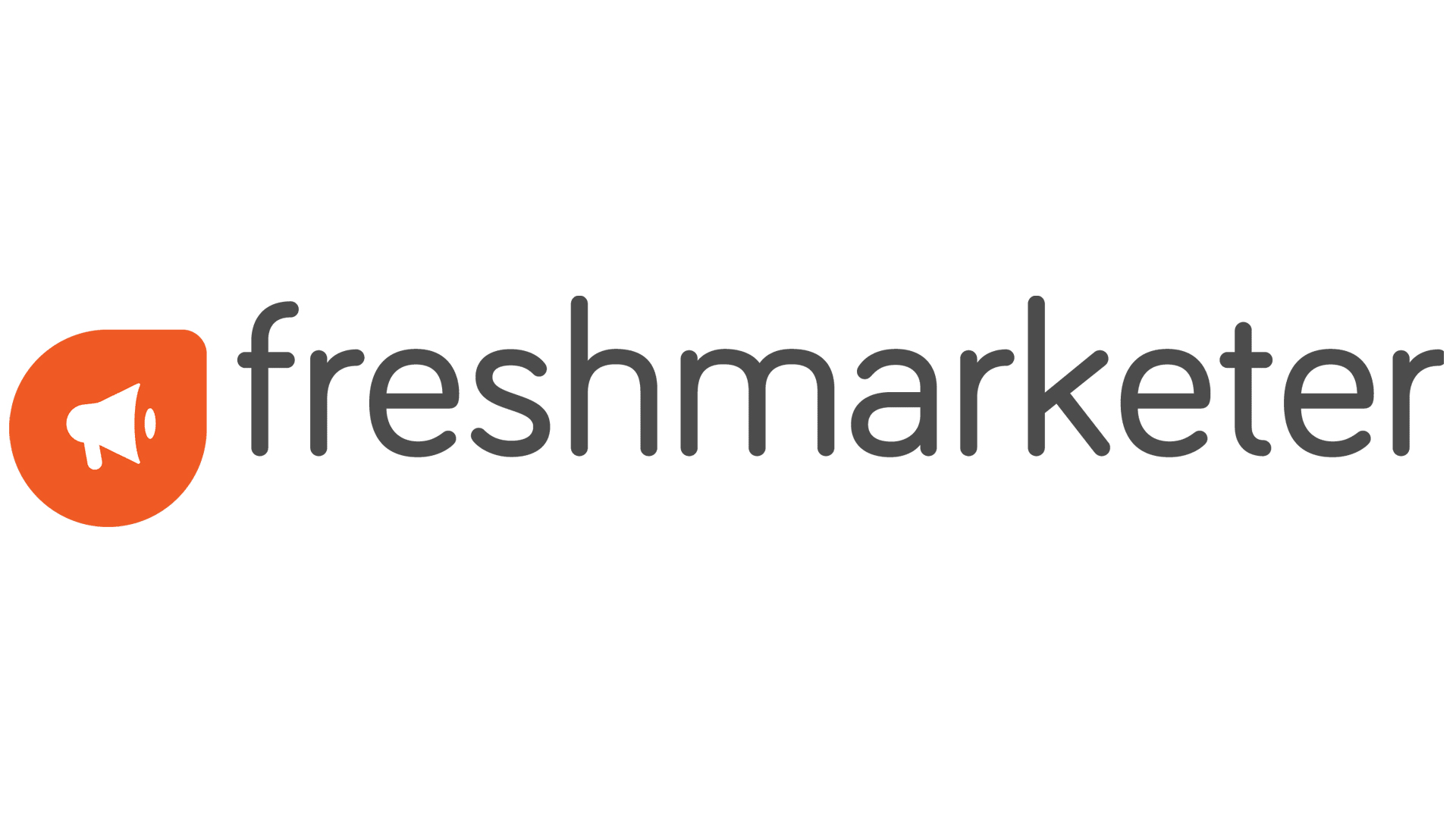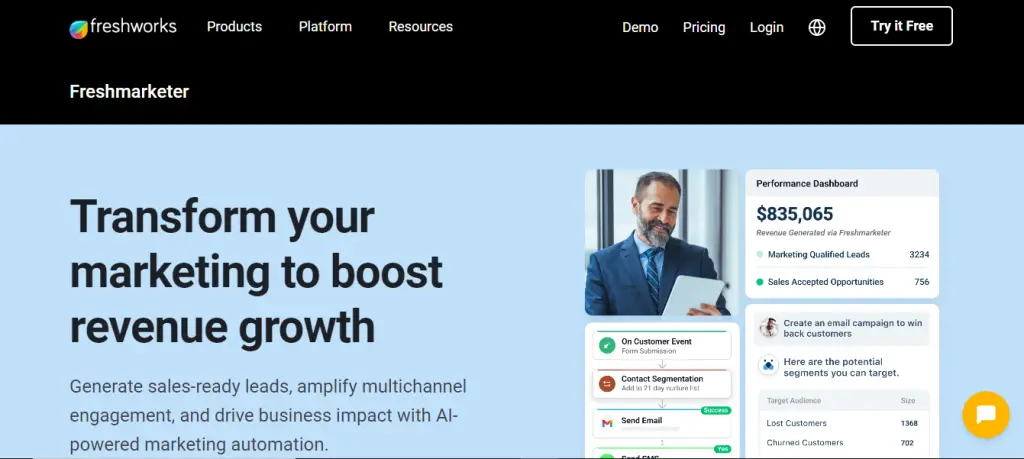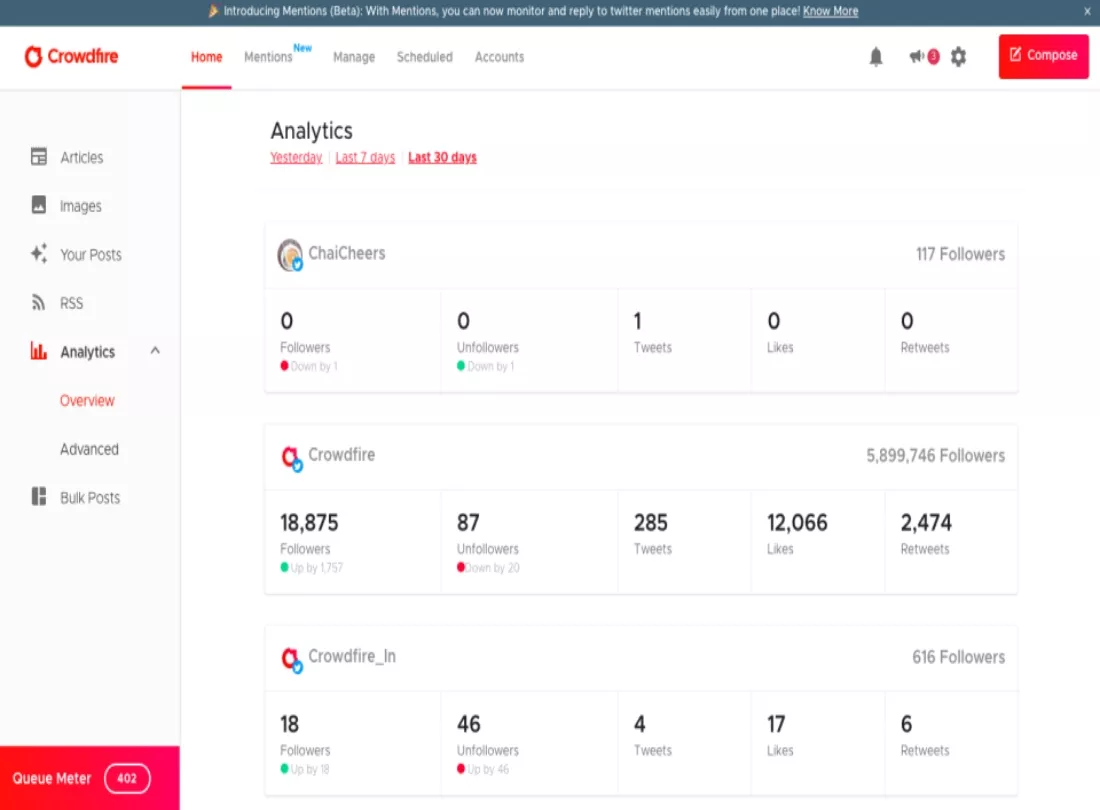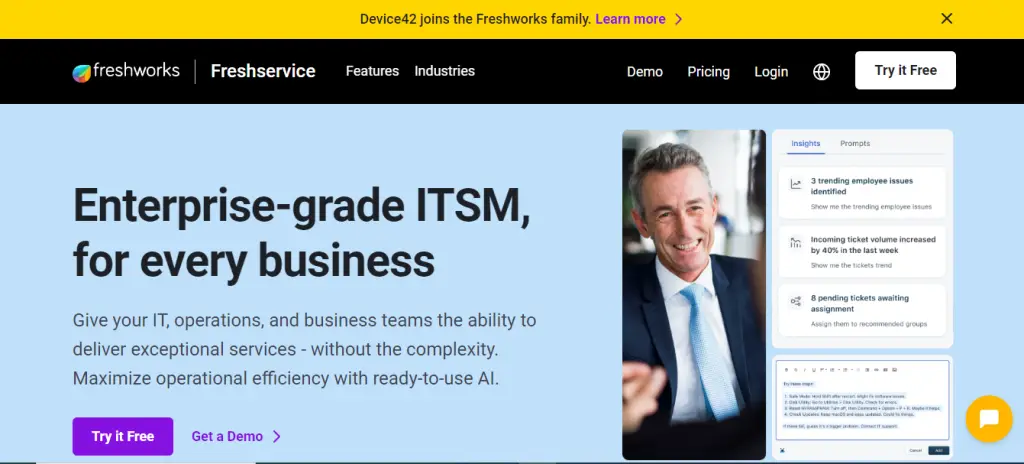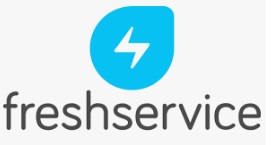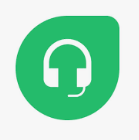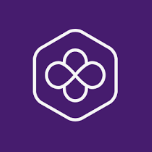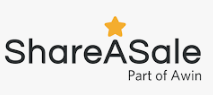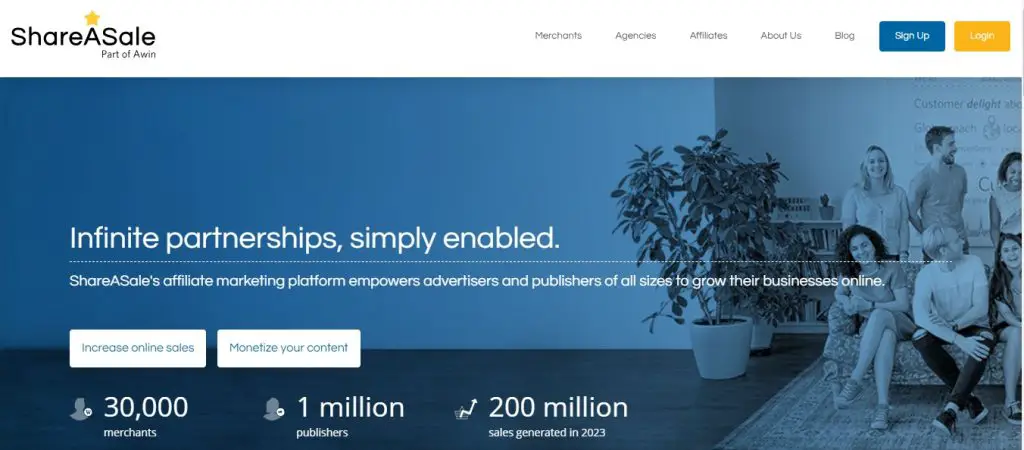Introduction
In today’s digital age, social media is not just a platform for sharing updates but also a powerful tool for brands and influencers to engage audiences, drive traffic, and grow their businesses. One key element in this social media ecosystem is the link in your bio. However, platforms like Instagram and TikTok limit users to one clickable link in their bio, which can be a roadblock for brands trying to promote multiple offerings.
Enter Shor, a game-changing tool designed to maximize the potential of that single bio link by turning it into a landing page filled with multiple links. Whether you’re an influencer promoting affiliate links, a small business showcasing various products, or a content creator sharing multiple platforms, Shor helps you optimize your traffic and boost conversions. In this article, we’ll explore why Shor is a must-have tool for your social media marketing strategy and how it can help you grow.
What is Shor?
Shor (also known as Shorby) is a smart link management tool that allows users to create personalized landing pages that consolidate various URLs, social media profiles, and communication platforms. Originally designed for Instagram, where users can only add one link in their bio, Shor has expanded to other platforms like TikTok, YouTube, and Twitter.
The primary purpose of Shor is to create a sleek, customizable landing page filled with clickable links. These links can redirect your audience to your website, online store, latest YouTube video, blog post, or even your messaging platforms like WhatsApp, Messenger, and more. What sets Shor apart from basic link-shortening services is its user-friendly interface, extensive customization options, and built-in analytics, all aimed at helping users boost engagement and conversions.
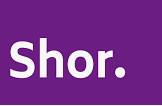
Key Features of Shor
Shor’s features make it a go-to tool for influencers, businesses, and content creators who want to optimize their bio link for maximum impact. Let’s break down some of the standout features that make Shor unique.
1. Customizable Landing Pages
Shor allows you to create a visually appealing landing page that reflects your brand. Users can add buttons, images, and links to various destinations, such as e-commerce platforms, social media channels, blogs, and more. The drag-and-drop builder is intuitive, making it easy to create a professional-looking landing page in minutes.
2. Click Tracking and Analytics
Understanding how your audience engages with your links is critical to optimizing your marketing strategy. Shor provides real-time analytics, allowing users to monitor link clicks, geographic locations of users, device types, and traffic sources. This data is invaluable for making data-driven decisions and improving future campaigns.
3. Messenger Links
In addition to traditional URLs, Shor supports direct links to various messaging apps like WhatsApp, Messenger, Telegram, and Viber. This feature is particularly useful for brands offering customer support or influencers looking to engage with followers in real time.
4. Mobile Optimization
Shor’s landing pages are fully optimized for mobile devices. Given that a majority of social media users browse through mobile phones, this is a crucial feature to ensure seamless user experience across all devices.
5. Integrations
Shor integrates with Google Analytics and Facebook Pixel, providing users with even more data to track the success of their campaigns. This level of integration allows for a more comprehensive analysis of user behavior and marketing performance.
6. Easy Setup and Maintenance
Setting up Shor is simple and requires no coding knowledge. Whether you’re tech-savvy or not, Shor’s user-friendly interface allows anyone to create and manage links effectively.
7. Custom Domain Support
For users looking to build their brand’s online presence, Shor allows you to use a custom domain for your landing page. This feature not only improves branding but also enhances the credibility of your links.
Shor combines all of the important links you want to share into a fancy Page that drives traffic and conversions.
To craft a page, open Shor Page Builder, and fill in 3 sections:
Messengers: select the best ways to contact you as quickly as possible!
Blocks: put links with everything you want to show. Blocks can contain images, videos, texts, songs, products, RSS – anything!
Social Links: let everyone subscribe to your other social accounts by adding your profiles’ icons.
Why Choose Shor?
There are several link-in-bio tools available, but Shor stands out for a few key reasons:
- Simplicity and Efficiency: Shor is incredibly easy to use, making it accessible to users with varying levels of technical expertise. You don’t need to be a web developer to create a professional and effective landing page.
- All-in-One Solution: Shor consolidates multiple aspects of digital marketing into one platform, offering everything from bio links to detailed analytics, integrations, and more.
- Optimized for Engagement: By allowing users to consolidate multiple links into one landing page, Shor helps increase engagement and drive traffic to various platforms without overwhelming your audience.

Pricing Plan
Rocket Plan: $12/month; includes 5 pages, direct messenger buttons, and click insights. Ideal for individuals and small projects.
Pro Plan: $24/month; includes 50 pages, up to 5 team members, direct messenger buttons, and advanced click insights. Suitable for medium-sized businesses.
Agency Plan: $82/month; includes 250 pages, support for multiple teams, direct messenger buttons, and advanced analytics. Designed for large teams and agencies.
Pricing Discount: All prices are discounted from their original rates, offering cost savings for annual billing.
| Plan | Price (Billed Annually) | Pages | Projects and Teams | Direct Messenger Buttons | Dynamic Feeds per Page | Click Insights |
|---|---|---|---|---|---|---|
| Rocket | $12/month (was $15) | 5 | ✓ | ✓ | 1 | ✓ |
| Pro | $24/month (was $29) | 50 | 5 | ✓ | 5 | ✓ |
| Agency | $82/month (was $99) | 250 | 3+ | ✓ | 5 | ✓ |
- The plans offer increasing features and scalability as the price goes up.
- The Rocket plan is ideal for individuals or small projects, Pro is suited for medium-scale businesses, and Agency is for larger teams needing advanced features and higher link capacity.
FAQs about Shor
1. Is Shor free to use?
Shor offers both free and premium plans. The free plan allows basic customization and access to essential features, while premium plans unlock advanced features like analytics, custom domains, and more customization options.
2. Can I use Shor on platforms other than Instagram?
Yes! While Shor is most commonly used for Instagram bios, it also works with other social platforms like TikTok, YouTube, Twitter, and Facebook.
3. How do I set up Shor for my account?
Setting up Shor is easy. Simply sign up for an account, customize your landing page, add your links, and then copy the Shor link to your social media bio.
4. Does Shor provide analytics for my links?
Yes. Shor offers detailed analytics, including click tracking, geographical data, and device usage. Premium users can also integrate with Google Analytics and Facebook Pixel for more advanced insights.
5. Can I use a custom domain with Shor?
Yes, Shor allows users on premium plans to set up custom domains, enhancing your brand’s visibility and professionalism.
6. Is Shor mobile-friendly?
Absolutely! Shor’s landing pages are fully optimized for mobile devices, ensuring that your audience has a seamless experience whether they are using a phone or a desktop.
7. How many links can I add to my Shor landing page?
There is no limit to the number of links you can add to your Shor landing page. You can include links to websites, videos, social media platforms, products, and more.
8. Does Shor support messaging platforms?
Yes, Shor supports links to messaging platforms such as WhatsApp, Messenger, Telegram, and more, making it easy for your audience to contact you directly.

Conclusion
Shor is an essential tool for anyone looking to maximize their social media presence and drive traffic to multiple destinations from a single link. Whether you’re a small business, influencer, or content creator, Shor provides an easy and efficient way to consolidate your digital offerings into one sleek, clickable landing page. With its robust analytics, customization options, and seamless integration with various platforms, Shor is a must-have in any digital marketer’s toolkit.
If you’re ready to optimize your bio link and drive more conversions, give Shor a try today.

